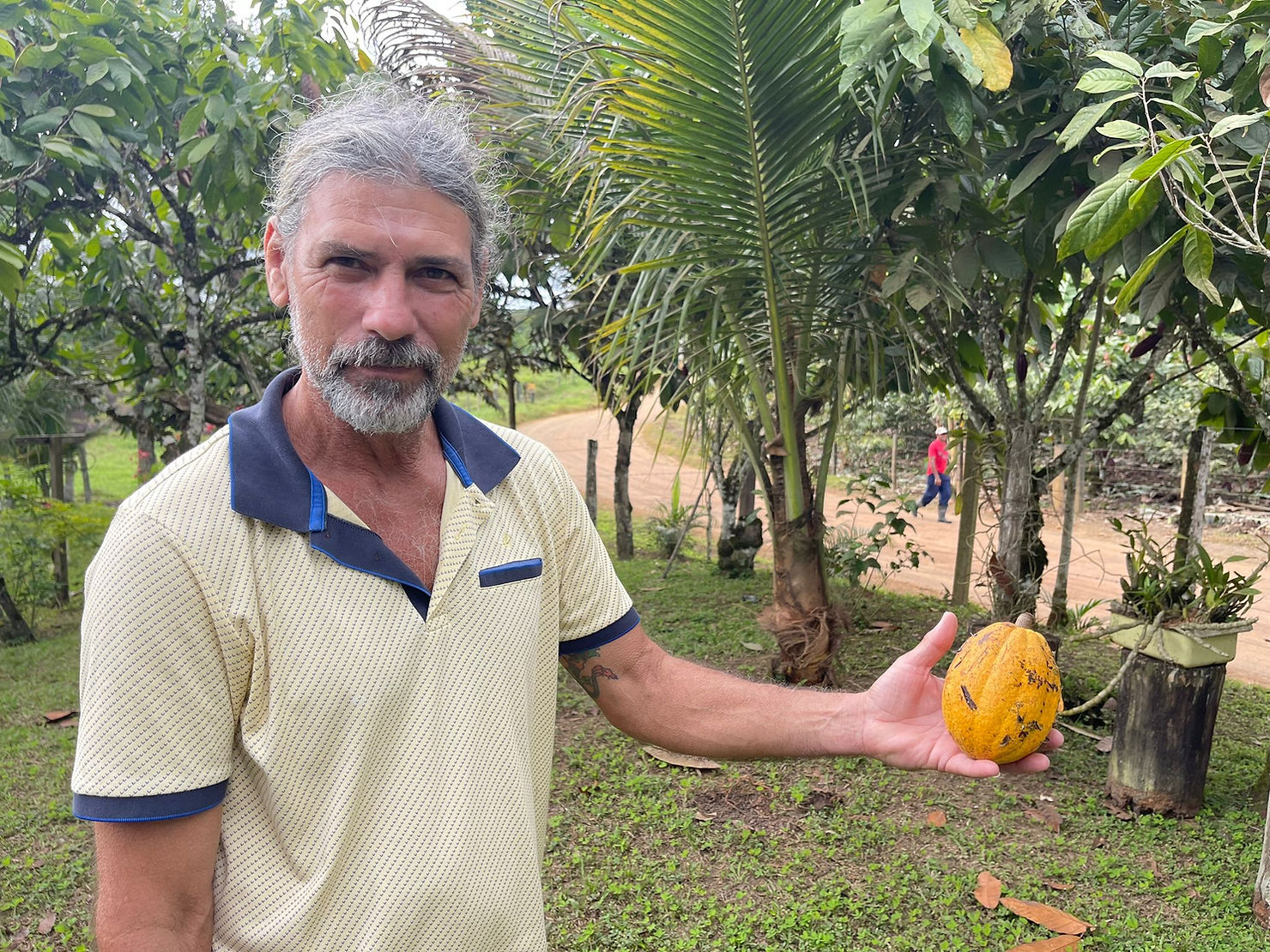Understanding Cabruca: A Traditional Agroforestry Practice for Amazonian Rainforest Conservation

Cabruca is an ancient agroforestry practice originating from the Amazon region, which has been employed by indigenous communities and colonizers alike. This traditional approach has gained recognition for its potential in preserving the delicate balance of the Amazonian rainforest ecosystem. In this article, we will delve into the principles, history, and ecological significance of Cabruca, exploring its role in maintaining biodiversity and promoting sustainable land use.
History and Evolution of Cabruca:
Cabruca has its roots in the indigenous communities of the Amazon, dating back centuries. The term "Cabruca" comes from the Tupi language, meaning "mixed" or "blended," referring to the diverse array of crops and trees grown together. European colonizers adopted and adapted this practice, incorporating their own crops and techniques. Over time, Cabruca has evolved, incorporating modern sustainable agriculture methods while maintaining its core principles.
Key Principles of Cabruca:
Cabruca is characterized by the following principles:
Diversity: Planting multiple species together, including native and introduced crops, to promote ecological balance.
Layering: Creating a layered structure, with tall trees providing shade for smaller plants and crops.
Companion planting: Pairing plants that benefit from each other's growth, such as planting beans with corn.
Minimum disturbance: Avoiding heavy tilling and chemical use to preserve soil health and biodiversity.
Crop rotation and intercropping: Rotating and combining crops to maintain soil fertility and reduce pests and diseases.
Use of native species: Incorporating native plants and trees to preserve local biodiversity and adapt to regional conditions.
Agroforestry: Integrating trees into agricultural landscapes to promote ecological interactions and synergies.
Ecological Significance of Cabruca:
Cabruca plays a crucial role in maintaining the Amazonian rainforest ecosystem in several ways:
1. Biodiversity conservation: Cabruca's diverse array of plants and trees provides habitat for countless species, preserving the region's rich biodiversity.
2. Soil conservation: The layered structure and minimum disturbance principles of Cabruca reduce soil erosion and promote healthy soil biota.
3. Carbon sequestration: Cabruca's emphasis on tree planting and agroforestry helps sequester carbon, mitigating climate change.
4. Water cycle regulation: Cabruca's diverse vegetation helps regulate the water cycle, maintaining groundwater levels and preventing drought.
5. Pest and disease management: Companion planting and crop rotation in Cabruca reduce the need for chemical pesticides and fertilizers.
6. Soil fertility management: Cabruca's use of crop rotation, intercropping, and native species maintains soil fertility and structure.
Benefits of Cabruca for Local Communities:
Cabruca offers numerous benefits for local communities, including:
Food security: Cabruca provides a diverse and reliable source of food for local communities.
Economic development: Cabruca offers a sustainable livelihood for local farmers and communities.
Cultural preservation: Cabruca helps preserve traditional knowledge and cultural practices of indigenous communities.
Community empowerment: Cabruca promotes community-led conservation and sustainable land use.
Challenges and Limitations of Cabruca:
While Cabruca offers numerous benefits, it also faces challenges and limitations, including:
Land tenure and ownership: Secure land tenure and ownership are crucial for long-term Cabruca adoption.
Market access and economic viability: Cabruca farmers need access to markets and economic incentives to sustain their practices.
Climate change and variability: Cabruca systems need to adapt to climate change and variability to maintain their ecological and social benefits.
Scalability and replication: Cabruca's success depends on its scalability and replication in other regions and contexts.
Cabruca is a traditional agroforestry practice that offers valuable insights into sustainable land use and rainforest conservation. By understanding its history, principles, and ecological significance, we can appreciate the importance of preserving this ancient practice and integrating its principles into modern sustainable agriculture methods. As we strive to protect the Amazonian rainforest, Cabruca serves as a valuable tool in promoting ecological balance, biodiversity, and community empowerment. With its potential to sequester carbon, regulate the water cycle, and conserve soil, Cabruca plays a vital role in mitigating climate change and preserving the region's rich biodiversity.